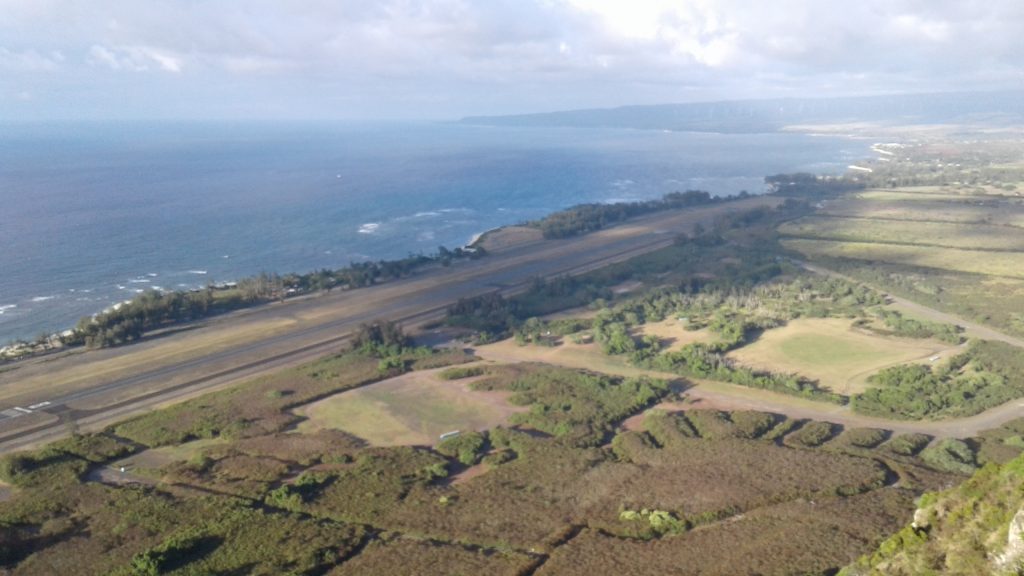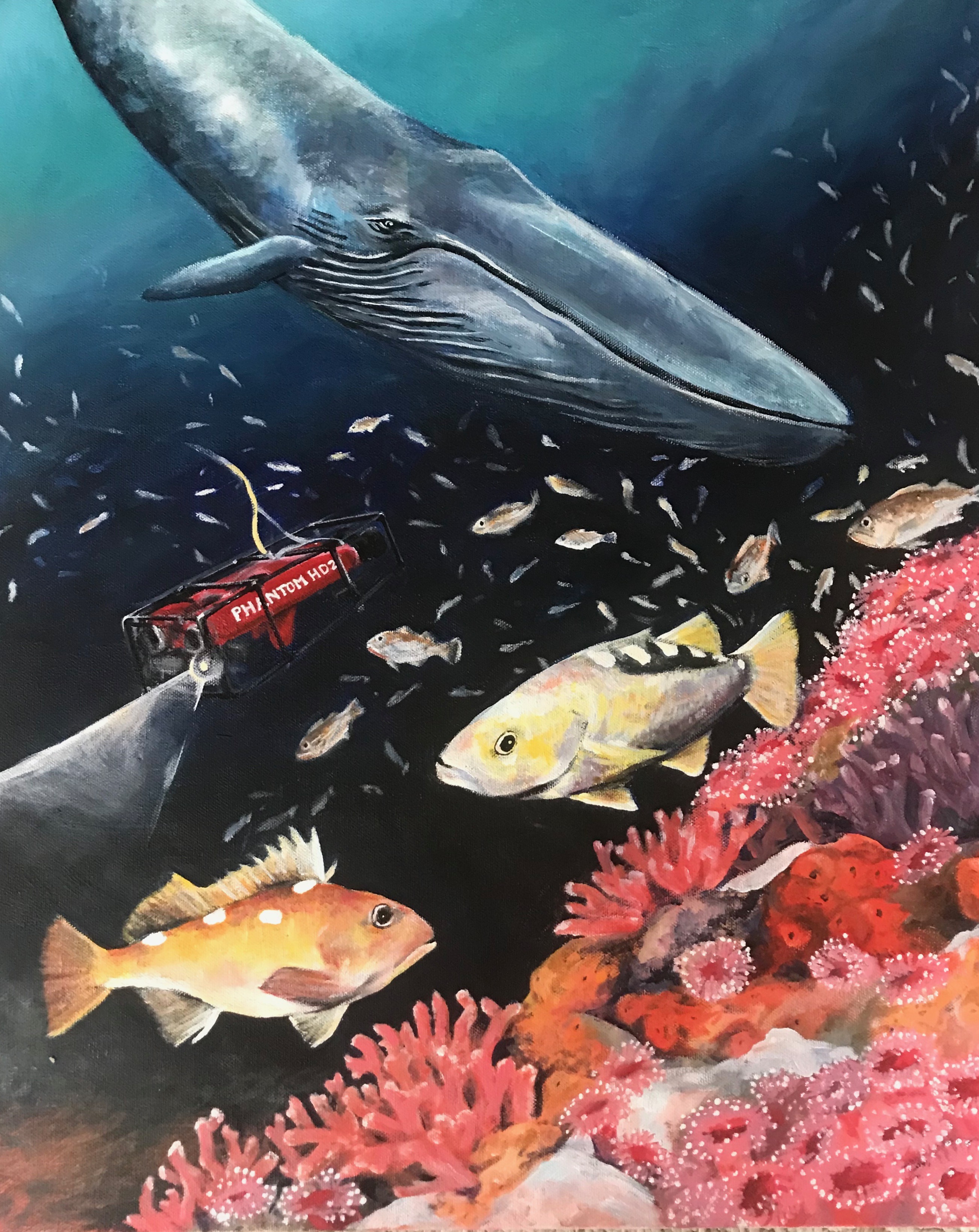
Mokuleia
I consider my summer a success. My project’s initial focus on food security led to some roadblocks, making me expand food security to a broader conception that includes social and economic food aspects (part of the FAO’s definition). In doing so, I began to see many parallels among the Sustainable Development Goals and Human Rights as well, which transformed my work into a process of showing synergies across the conservation and development spheres. The most difficult aspect of all of this remains explaining social food security. Particularly for those living in the United States and other developed countries, this sounds odd. How can food security be social? Isn’t food just a trip away to the supermarket? Well, yes, but it was not always this way. Not even 150 years ago we often had to work together in communities to harvest crops, often rotating from one farmer’s fields to another. We also had to agree on rules, enforced by local institutions, to manage natural resources, or, in other words, determine access to, say, a pasture, avoiding overexploitation and conflict with our neighbors. Now, these arrangements, institutions, and relations have been transformed and, to a large extent, outsourced to corporations and government agencies. In the developing world, however, this tends to not be the case: Communities must still agree on, implement, and enforce resource-use rules, which requires social capital, trust, and cohesion, in addition to required technical and physical capacity. In fact, when communities cannot agree on such rules (management) due to internal strife, or exclusion by outside entities such as NGOs or governments, natural resource degradation, increasing conflict, and impoverishment usually result. In simple terms, social food security represents a safety net weaved together by the relations among community members, the institutions they have established and control, and partners. If the net is damaged, cascading effects will result in the areas of physical and economic food security as trust disintegrates and a community engages in a race to the bottom.
It turns out that Community-based Natural Resource Management (CBNRM), as my semi-literature review indicated, succeeds with (1) those social elements and institutions already in place, or strengthened by CBNRM projects, (2) equal partnership among communities, NGOs, and governments, (3) integration of local knowledge and inclusion, including women and marginalized groups, and (4) capacity building, among other project design features. Those design features tend to lead to overall community empowerment.
This happens to mirror the 2015 framework for “SDG Localization,” or making the lofty and often impalpable Sustainable Development Goals into something tangible at the local level, the community level:
Subnational governments are policy makers, catalysts of change and the level of government best placed to link the global goals with local communities. Localizing development is then a process to empower all local stakeholders, aimed at making sustainable development more responsive, and therefore, relevant to local needs and aspirations. Development goals can be reached only if local actors fully participate, not only in the implementation, but also in the agenda-setting and monitoring.
Participation requires that public policies are not imposed from the top, but that the whole policy chain is shared. All relevant actors must be involved in the decision-making process, through consultative and participative mechanisms, at the local and national levels.
With that, the overlap between CBNRM and the SDGs appeared remarkably clear. I then looked at the Universal Declaration of Human Rights, and found that the same overlap extends across virtually every one of its articles, covering economic well-being, food security, the right to organize, to own property, to work in cooperation with national and international entities for the fulfillment of the human rights, institutions for justice and protection of basic rights, and so on. That is why the FAO is already addressing small-scale fisheries with a “human rights-based approach,” which emphasizes that corresponding management requires not only resource rights but also the fulfillment of the basic rights from above, among others.
Of course, at this point, the commonalities across these areas seemed to be simply a question of differing jargon favored by the development and conservation spheres to discuss the same topics. Is there evidence for CBNRM actually contributing to the SDGs and Human Rights, especially food security, an objective of all three areas?
Yes.
Major evidence mapping, systematic reviews, and many other publications demonstrate this, repeatedly referring to partnerships stretching from local to international actors, strong institutions, community empowerment, and social cohesion’s contribution to successful CBNRM projects, or emergence as a result of those projects’ design feature. These social components establish the conditions for ecological recovery through cooperation and trust for management and compliance. That ecological recovery, after a time, leads to improved ecosystem provisioning, or physical food security (the supply of harvestable resources), and economic food security through the sale of those resources for other food needs. This progression was reinforced by the collection and coding of over 100 sample CBNRM projects according to the the three types of food security and ecological recovery.
In summary, the evidence I have collected points to synergies in terms of the goals and needs of, and thus major potential for cooperation across, development and conservation initiatives. Both fields must (1) cooperate on establishing a common language, (2) design projects together, (3) monitor them with indicators from that common language to draw lessons in order to (4) enable large-scale and rapid expansion of CBNRM to achieve the SDGs, fulfill human rights, and ensure food security for the world’s 800 million to 2 billion food insecure living in extreme poverty.










